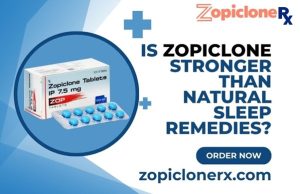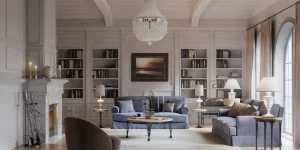Breaking It Down: What Goes Into High-Performance Coatings

A group of workers on a factory floor, busy with their tasks.
Durable, decorative coatings protect our constructed world. But when extreme conditions test infrastructure limits, standard paints simply flake and fade. Instead, specialized protective surface layers integrate advanced chemistry and particle mixes engineered to conquer corrosion, abrasion, chemicals, heat, and impact without surrender.
Made to Last
All coatings share basic binder resins as a key matrix component gluing constituents together while adhering to surfaces. But general-use latex and oil paints cannot take punishing external or internal stress. So formulators choose robust thermoplastic and thermoset polymers like polyurethanes, polyesters, epoxies and fluoropolymers to give protective finishes flexibility, longevity, and barrier properties necessary to excel in demanding situations. For example, luminescent markings guiding night runways withstand continuous outdoor weathering only with UV-resistant epoxy matrices bonding their glow pigment. Matrices matter most, optimizing this foundation using specialty resins defines coating limits. Additives then enhance selected capabilities. Architectural fluoropolymers shield skyscrapers from sun and dirt for decades, relying on one supremely chemically and thermally stable base resin matrix to cling reliably.
Tiny Titans
Protective coatings cram in tiny functional filler particles that interact synergistically with binder resins while bolstering physical performance. Reinforcements like rigid carbon nanotubes or silicone nanoparticles dispense damage, reflect light, block corrosion, ease application and add hardness depending on their geometry, density and chemistry. Metal oxide spheres combat bacteria on hospital surfaces with photocatalytic reactions while microscopic glass platelets boost foundation integrity fivefold in concrete structures. Resistance priorities and environmental factors determine designer particle selections as critical as matrix decisions. For example, the people at Trecora say that textured micronized polyethylene wax in floor finishes facilitates application and protects against scuffing heels and furniture alike through its lubricating nature and tactile structure across the coating plane. Ingeniously incorporating built-in microscopic tools enables elite finishes to handle harm.
Flow Fixes
Particle dense blends like diamond plate bedliner spray resist impact but pose viscosity and application challenges. There, specialty additives called rheology modifiers prove invaluable by optimizing viscosity and flow properties during spray, roll, dip or brush application then rapidly recovering initial texture. Smart thickeners provide anti-drip, leveling control and film build efficiency directly after deposition using chemistry tricks. Associative cellulosic thickeners autonomously grow thicker upon exiting the nozzle then relax viscosity post-deposition to discourage sagging and help higher layer builds. Synthetic clays tuned to react at certain shear rates or temperatures also improve roller and spray abilities aiding professionals to achieve smooth flawless aesthetic finishes from viscous functional mixes. Without exact flow finesse first, even ultra-powered coating composites fail from flawed film formation.
Blend Balance
High-demand coating properties often compete chemically. For example, glossy polyurethanes resist yellowing from UV exposure well but the rigidity enabling gloss causes diminished weatherability compared to flexible latex. Epoxies resist abrasion beautifully but remain susceptible to UV dulling. Recently developed nanoparticle dispersant chemistry allows formulating combinations of layered graphene, antioxidant vitamin E and titanium dioxide into weatherable, antimicrobial, UV-blocking, abrasion-resistant exterior wood finishes. The most elite coatings amalgamate the strongest functional attributes from multiple material genres orchestrated through crosslinking additives. It takes artful balancing of resin rigidity, surface slip, particle geometry, adhesion forces, and curing dynamics to actualize optimal blended properties.
Conclusion
Durable floor finishes resist scuffing, ships withstand harsh seas for years, and bridges support heavy traffic because advanced coatings combine chemically enhanced resins, microscopic protective particles, viscosity modifiers, and crosslinkers tailored to the specific application. When basic paints fall short, specialty additives deliver engineered resilience able to conquer the most extreme tests of endurance. Carefully matched chemical components give fabrics, steel, wood, and concrete structures around the world vibrant, long-lasting protection against damage.





